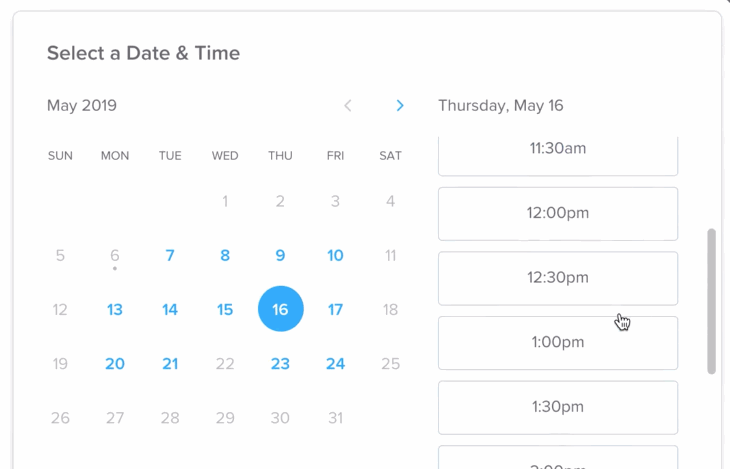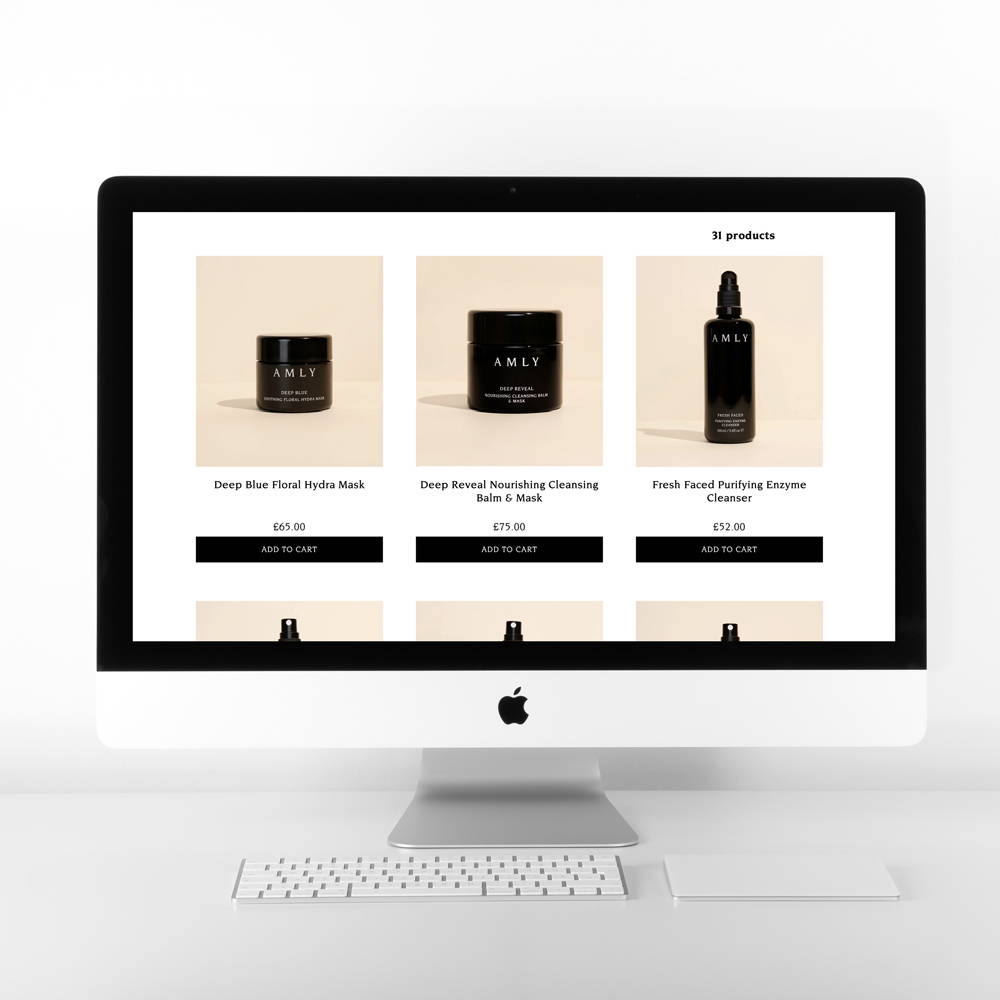How to Improve Shopify SEO in 2025: A Shopify SEO Guide
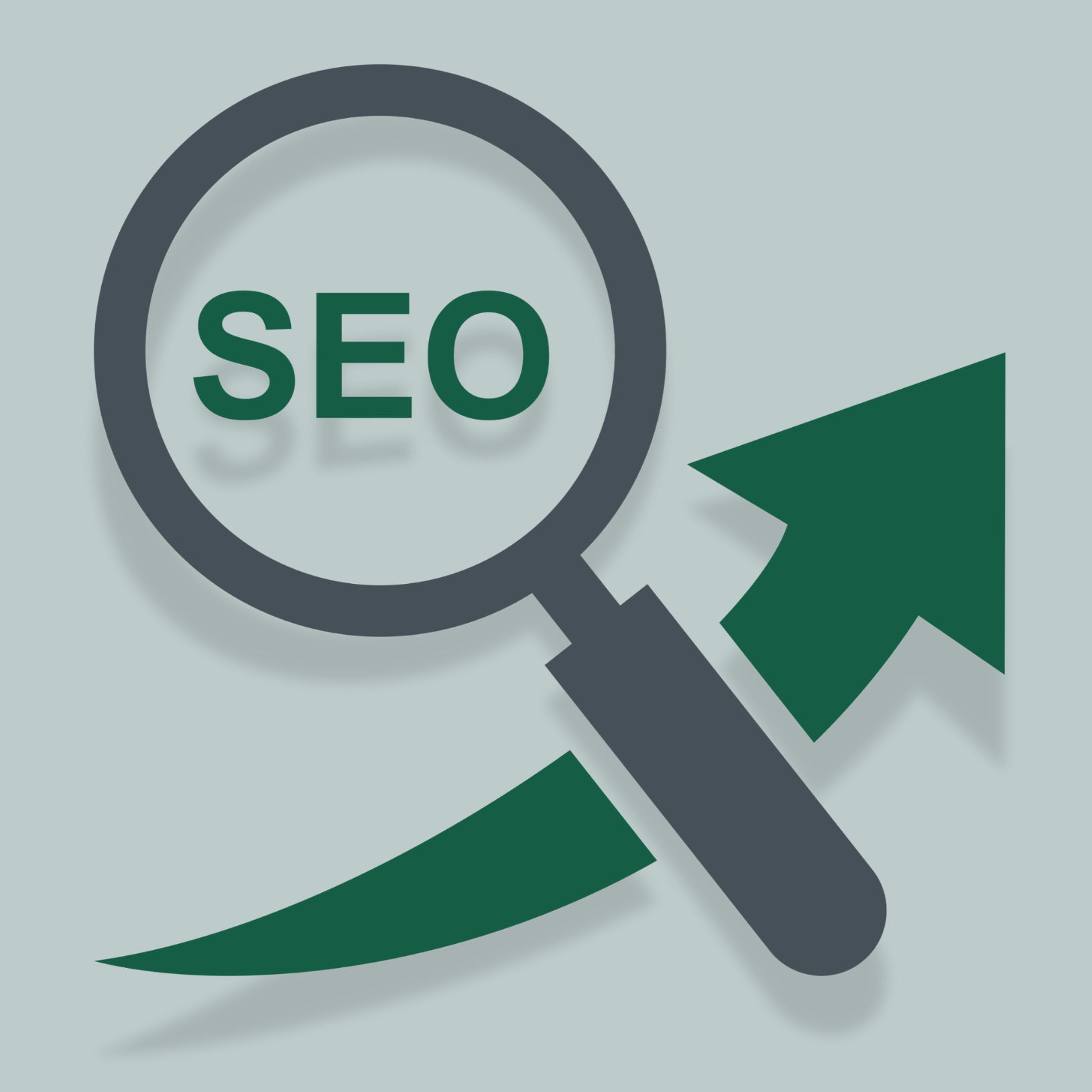
In 2025, ecommerce is breaking records, with UK online retail sales projected to hit £120 billion, and 93% of online experiences beginning with a search engine. For Shopify store owners, that means one thing: if your store isn’t optimised for search engines, you’re leaving money on the table. With competition growing and consumer attention spans shrinking, ensuring your Shopify store ranks high in search results isn’t optional—it’s a must. Did you know that only 0.78% of people click on results from the second page? Getting your store on that coveted first page could mean the difference between thriving and merely surviving in today’s competitive market.
Here at 8th Dial, a leading Shopify agency, we’re experts in web design and digital marketing, and we’re here to guide you through the key strategies to boost your Shopify store’s SEO performance in 2025. This Shopify SEO guide will provide actionable steps to help you dominate the search results and maximise your sales.
1. Master the Basics of Shopify SEO
Before diving into advanced strategies, ensure your Shopify store is built on solid SEO fundamentals:
- Choose the Right Keywords: Use tools like Google Keyword Planner or SEMrush to find keywords with high search volume and relevance to your products. For example, terms like “UK handmade jewellery” or “eco-friendly home decor” might resonate with your target market. When deciding on keywords, remember that SEO for ecommerce stores is all about finding the right balance between competition and relevance.
- Optimise Titles and Meta Descriptions: These are the first things potential customers see in search results. Keep them concise, keyword-rich, and action-oriented. For instance:
Title: "Eco-Friendly Home Decor UK | Sustainable Designs"
Meta Description: "Shop sustainable home decor at [Store Name]. Stylish, eco-friendly products delivered across the UK." - Optimise Image Alt Text: Add descriptive alt text to all images, including keywords where relevant, to improve accessibility and help search engines understand your content.
- Ensure Mobile Friendliness: With 76% of ecommerce traffic in the UK coming from mobile devices, a responsive design isn’t optional. Shopify’s themes are mobile-friendly, but testing your store on multiple devices is essential.
Quick Tip: Use Shopify’s built-in SEO tools to edit titles, meta descriptions, and alt text directly from your admin panel.
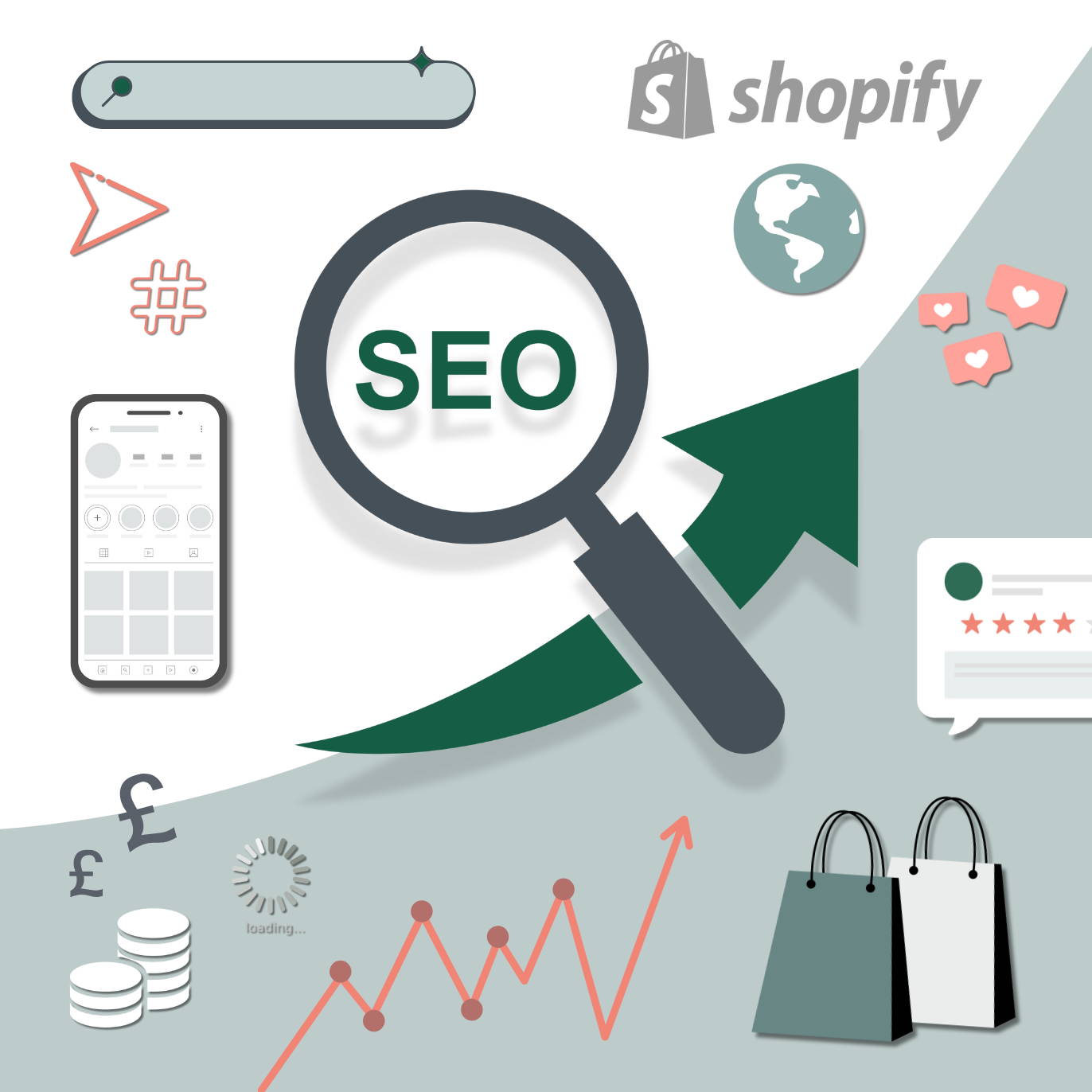
2. Speed Up Your Store
Page load speed is a critical ranking factor and a key determinant of user experience. Statistics show that 53% of mobile users abandon a site that takes longer than three seconds to load. Here’s how to boost your Shopify store’s speed:
- Compress images using tools like Shopify’s built-in image compression.
- Use fast, lightweight themes such as Dawn.
- Minimise apps that slow down performance by removing unnecessary ones and using Shopify’s built-in features when possible.
Test Your Speed Regularly: Tools like GTmetrix provide detailed reports and suggestions for improving your site speed.
Quick Tip: Regularly test your site's performance using tools like GTmetrix or SEMrush's Performance Report to identify and address any issues that could affect your store’s speed or overall user experience.
3. Leverage Structured Data for Rich Snippets
Rich snippets provide additional information about your products directly in search results, increasing click-through rates. For example, product ratings or availability can make your store more appealing.
- Use Rapid Reviews to gather customer reviews and ratings that can be displayed directly in search results, giving your product pages more visibility.
- Ensure your product pages include detailed descriptions, pricing, and reviews, as these are commonly used in rich snippets.
Quick Tip: Add reviews and star ratings to your product pages to increase their visibility in search results.
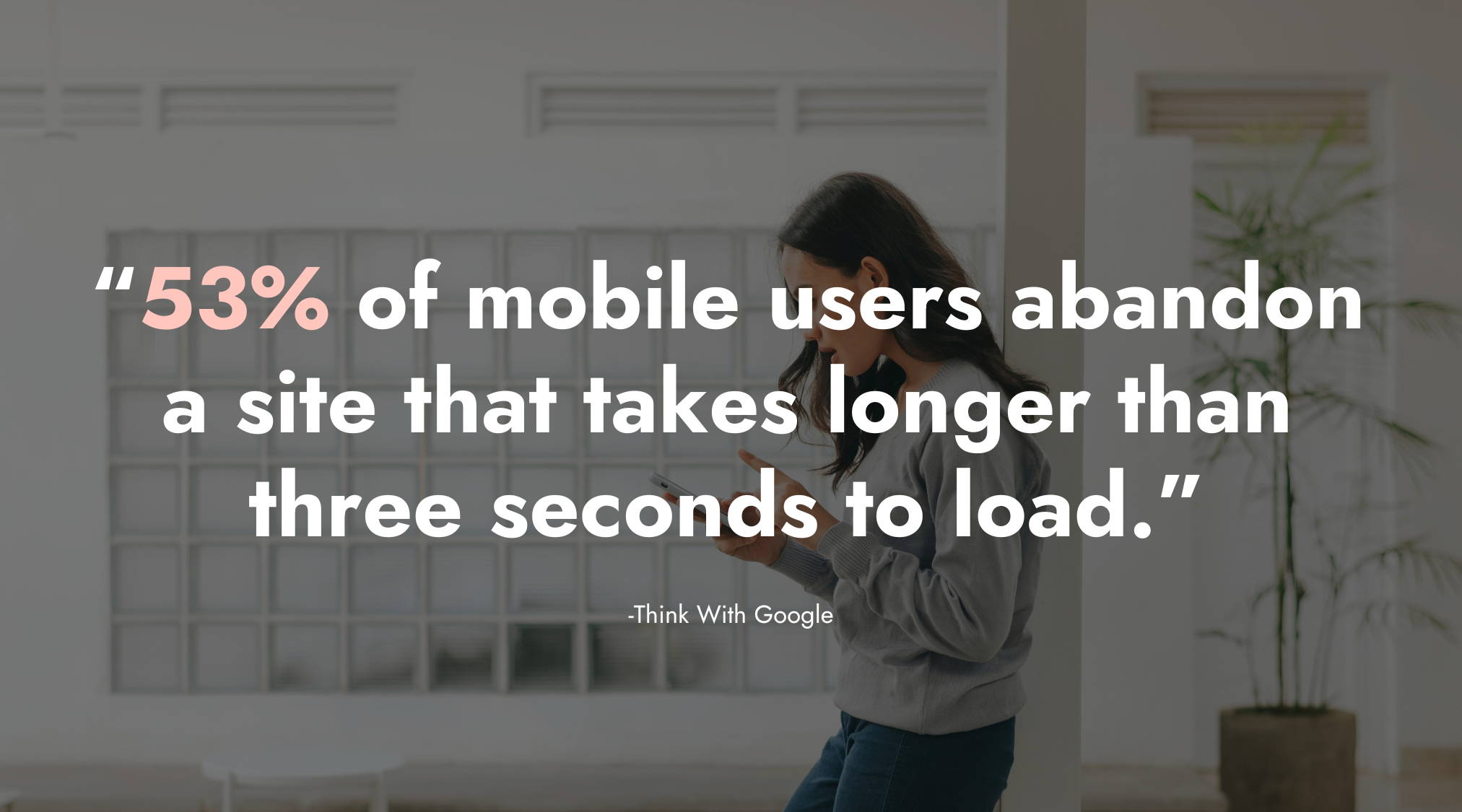
4. Focus on High-Quality Content
Content is still king, and creating valuable, keyword-focused content can significantly improve your rankings. As part of your Shopify SEO guide, consider these content strategies:
- Start a Blog: Posts like “Top 10 Sustainable Fashion Brands in the UK” or “How to Style Minimalist Jewellery” can attract targeted traffic.
- Use AI-Powered Tools: Tools like Gemini or Grammarly can help craft engaging and SEO-optimised content.
- Video Content: With 80% of UK consumers watching product-related videos, integrating video content into your blogs or product pages can boost engagement and rankings.
Quick Tip: Update older blog posts with new stats or trends to keep them relevant and boost their performance.
5. Optimise for Local SEO
If you target UK customers, local SEO is crucial.
- Set Up Google Business Profile: Ensure your business information is accurate and up-to-date.
- Use Location-Specific Keywords: Phrases like “London vintage clothing store” can help attract local traffic.
- Encourage Reviews: Positive reviews can boost your local SEO rankings and build trust with potential customers.
Quick Tip: Add your store’s location to your website footer to strengthen your local SEO signals.
6. Conduct Technical SEO Audits
Technical SEO ensures your site is easily crawlable and error-free:
- Use SEMrush: This tool provides a site health score and flags technical issues like broken links, duplicate content, or missing meta tags.
- Check for Crawl Errors: Use Google Search Console to identify any crawl errors that might prevent search engines from indexing your pages.
- Optimise Your Sitemap: Ensure all key pages are included in your XML sitemap and submit it to Google Search Console.
Quick Tip: Regularly run technical audits using SEMrush to maintain a healthy and optimised site.
A technical SEO audit is critical to uncover hidden issues that may be affecting your store’s visibility in search results. By addressing these issues, you can ensure your Shopify store is primed for success. Learn more about improving your site’s performance with our comprehensive eCommerce audit services.
7. Perform Keyword and Competitor Research
Understanding what your competitors are doing can provide valuable insights:
- Identify Top Keywords: Use tools like SEMrush to uncover high-ranking keywords in your niche.
- Analyse Competitors’ Sites: Look at the content, backlinks, and SEO strategies used by competing ecommerce stores.
- Incorporate Findings: Use this data to refine your own SEO strategy and target areas where competitors may be weak.
Quick Tip: Add or refine keywords in your Shopify admin under product descriptions, meta tags, and collections based on research findings.

How 8th Dial Can Help
Optimising your Shopify store for SEO can feel overwhelming, but you don’t have to go it alone. At 8th Dial, we specialise in helping ecommerce businesses like yours succeed in the UK market. From in-depth SEO audits to tailored strategies and implementation, we’re here to help you rank higher, attract more customers, and grow your sales in 2025 and beyond.
Our SEO agency expertise can help you with Shopify SEO, providing tailored strategies and ongoing support to ensure your store’s long-term success. We also encourage you to explore our case studies to see how we’ve helped other UK ecommerce businesses achieve outstanding results. These success stories showcase the strategies and expertise we bring to every project.
Ready to take your Shopify store to the next level? Get in touch with us today, and let’s make 2025 your most successful year yet!
We are a creative agency delivering exceptional web design and digital marketing.
Explore some of our amazing clients

Explore some of our amazing clients

If you’d like to know more, get in touch via our email info@8thdial.com or Calendly.
